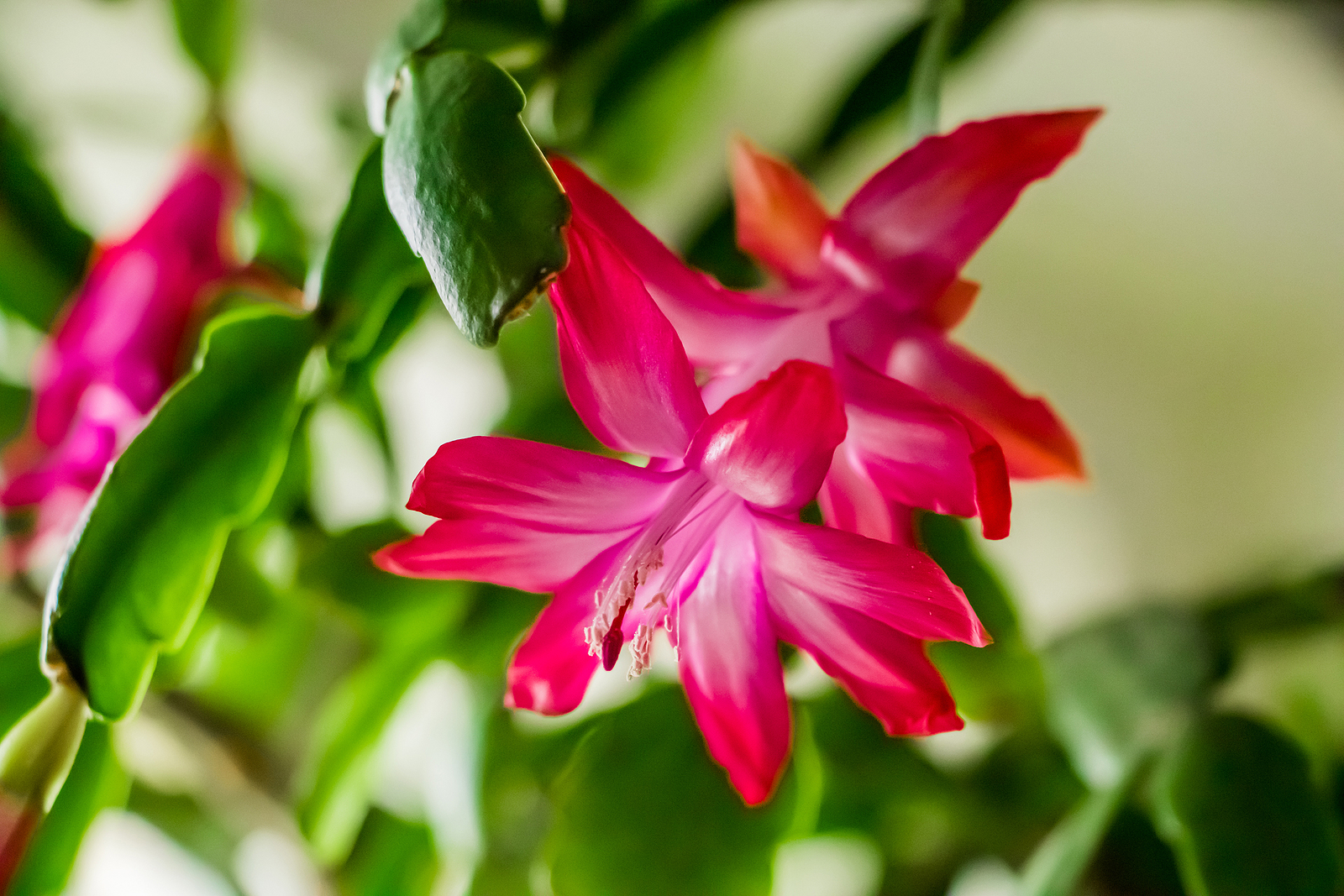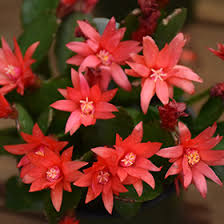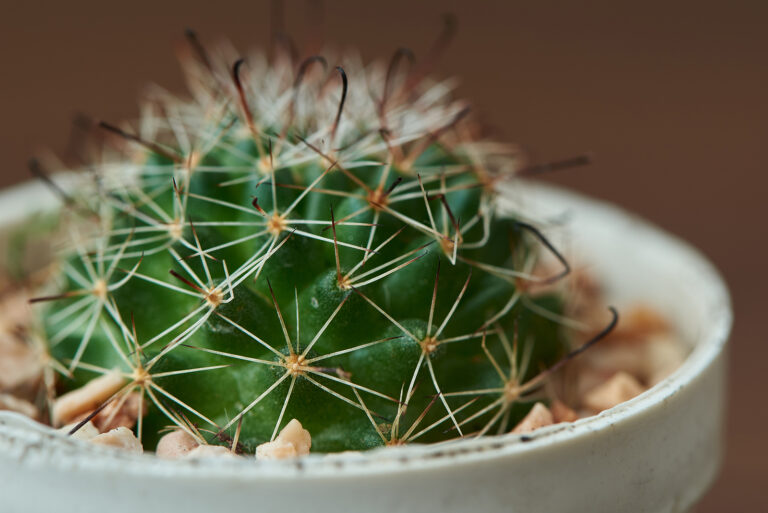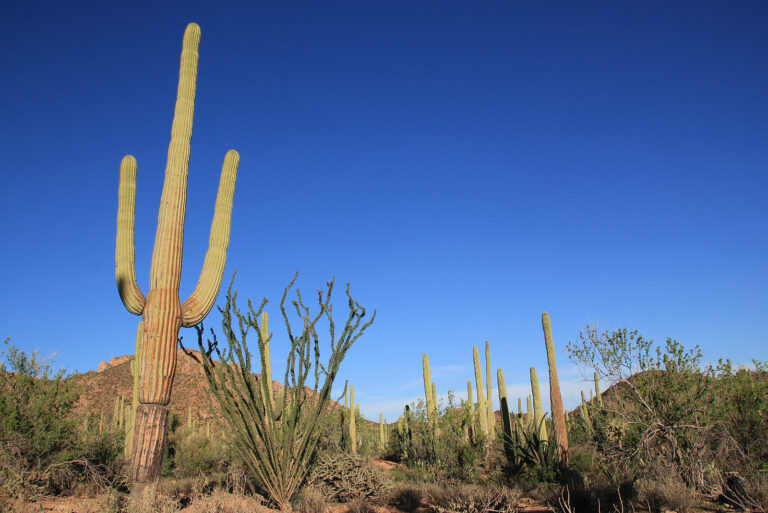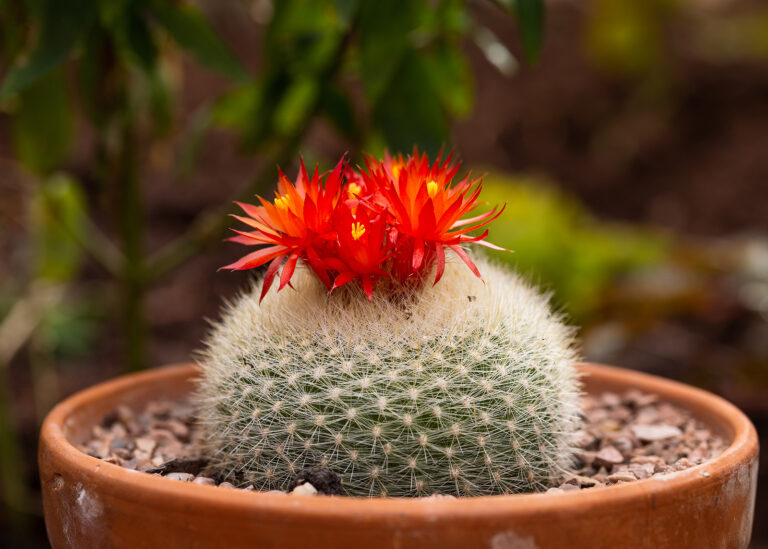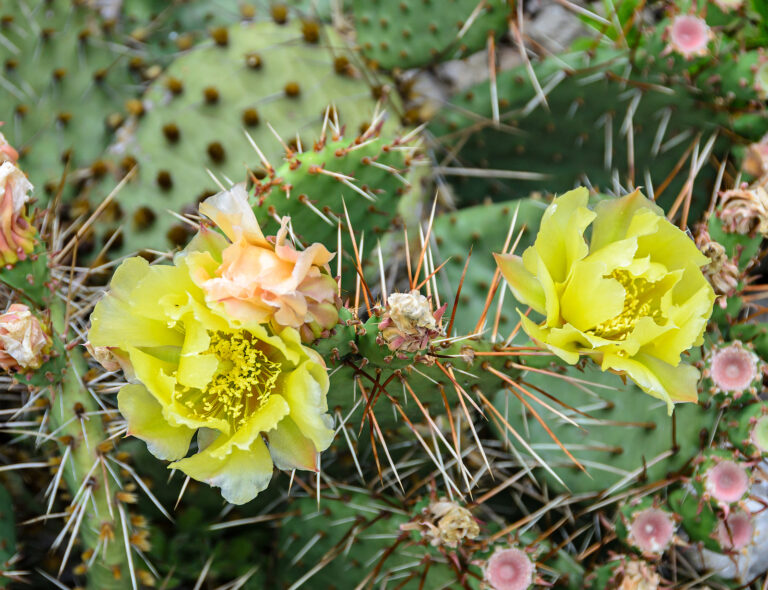How to Grow Epiphyllum
Epiphyllums are sprawling plants with strap-shaped stems and flamboyant, flaring, multi-petalled trumpet-shaped flowers often the size of a saucer. Epiphyllum blossoms range in color from red, orange, white, purple, yellow, and pink. Epiphyllum is often called orchid cactus.
Epiphyllums are forest cacti; their natural home is among trees in woodland and jungles. Epiphyllums are epiphytic cacti. An epiphyte is a plant that grows on the surface of another plant such as a tree and takes moisture and nutrients from the host plant or from the air.
Epiphyllums are spineless plants with flattened, scallop-edged stems and enormous flowers. They often grow pendant-like, but they can be trained to a stake, trellis, or other support. Flowers of species Epiphyllum are white, but hybrids come in many colors.
Epiphyllums are widely hybridized. There are more than 3,000 named hybrids.
Grow Epiphyllum in porous, sandy soil and keep the soil just moist. Epiphyllum flower best when they are grown in bright light. They are frost-sensitive and must be brought indoors in winter.
Get to know Epiphyllum
- Plant type: Cactus, epiphytic cactus
- Hardiness temperature: 50℉ (10℃); Epiphyllum will not tolerate frost
- Shape and size: Spineless plants with flattened, scallop-edge stems grow to 10 feet long.
- Flowers: Species have large white flowers; hybrids in many colors
- Bloom time: Spring and summer
- Common name: Epiphyllum
- Genus name: Epiphyllum
- Family name: Cactaceae
- Origin: Mexico and Central America
Planting Epiphyllum
- Grow Epiphyllum in a porous sandy soil or cactus mix.
- Epiphyllum grows best when the roots are crowded; grow them in potter smaller than you might otherwise use.
- Epiphyllum requires humidity and warmth.
- Grow Epiphyllum where it will get plenty of light; light triggers flowering.

How to water and feed Epiphyllum
- Rest Epiphyllum in winter; keep the soil barely moist.
Epiphyllum care
- Epiphyllum can be staked or grown on a trellis or other support.
- Epiphyllum grown outdoors should be brought indoors in winter, an unheated shed or garage is suitable.
Epiphyllum care calendar
- January-February: Resting Period. Let the plant rest; keep the plant cool, not warmer than 50℉; water only occasionally.
- March-April: Pre-Floweirng Period. Keep the plant dryish and cool until flower buds form. Then increase water and temperature.
- May-June: Flowering Period. Water normally; keep the soil just moist. Maintain a minimum temperature of 60℉.
- July-August: Outdoors. Place the plant outdoors in a shady spot.
- September-November: Water when the soil dries out.
- December: Resting Period.
Growing Epiphyllum as a houseplant
- Grow Epiphyllum where temperature and humidity are average and light is bright.
- Grow in cool temperatures to promote flowering.
- The potting medium should be slightly rich.
- In winter, when temperatures are lower, allow the medium to dry slightly between waterings.
- When flower buds form, increase watering so that the medium is kept evenly moist.
- If flower buds drop, the plant is not receiving enough water.
- Avoid moving the plant after flower buds have formed; any disturbance may cause the buds to drop.
- After the plant has flowered, pinch it back to keep it compact and tart monthly fertilizing, stopping in the fall.
Epiphyllum pests and diseases
- Epiphyllum may be attacked by spider mites and may develop rot and wilt diseases.
Epiphyllum propagation
- Cuttings can be used to root new plants.
Epiphyllum species to grow
- Epiphyllum ackermanii are day flowering in a range of colors. E. cooperi and hybrids are night flowering.
- E. anguiler (fishbone cactus). Dark green flattened stems heavily notched grow to 36 inches long; white flowes to 3.5 inches long in summer.
- E. cooperi include hybrids ‘London Glory’ (red), ‘Gloria’ (orange), ‘Little Sister’ (white), ‘Midnight’ (purple). ‘Reward’ (yellow), and ‘Padre’ (pink).
- E. oxypetalum (dutchamn’s pipe).
- E. strictum.
Epiphyllum frequently asked questions
Q: What are the best growing conditions for epiphyllum?
A: Epiphyllums want moister soil and a moister atmosphere than most cacti. The soil should be rich in humus and also porous. Shade from strong summer sunshine is needed.
Q: What is a good potting mixture for epiphyllum?
A; Epiphyllum needs a moister and richer soil than desert types of cacti. Two parts loam, 2 parts leaf mold, 1 part sharp sand, plus a bit of bonemeal.
Q: What is the best fertilizer for epiphyllum?
A: Use a liquid fertilizer with a 15-30-15 formula and add a bit of bone meal to the soil.
Q: When do Epiphyllums bloom?
A: The epiphyllums bloom from mid-spring to mid-summer.
Q: Can epiphyllums survive cold weather?
A: Epiphyllums are native to the warmer parts of North, Central, and South America. They are not adapted to regions where freezing weather occurs.
Q: My epiphyllum sets many buds but they turn brown and wither. What’s the cause?
A: Lack of potassium in the soil can cause buds and flowers to fail. Overwatering can also cause bud drop. Also, too low humidity can cause buds to drop.
Q: Why do my epiphyllums seldom bloom?
A: To bloom satisfactorily, epiphyllums need a rest period each year. Keep them dry for a period of 8 to 10 weeks during the winter. If the leaf-like stems begin to shrivel, give the plant some water.

